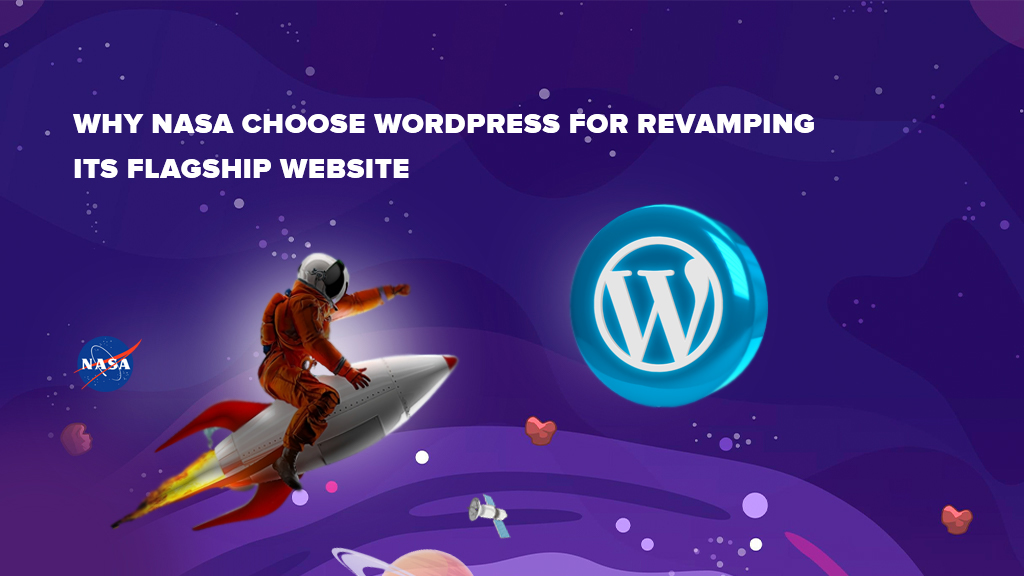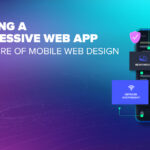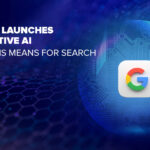5 Revolutionary Web Technologies That Are Changing the Future of Web Design
In the year 2023, web development has undoubtedly become a mine that every business is excavating to harbour the best opportunities on the digital platform. And it is needless to say that technology advances each day, and therefore it is crucial for entities to stay updated with the latest developments and move on from the obsolete ones. If you are someone who is also looking forward to mining the best opportunities for the growth of your business digitally, we have curated a list of the 5 most revolutionary web technologies that are changing the future of web design.
1. Cloud Computing
Businesses have found the all new way to access online data and store it with limitless capacity with cloud computing. This has helped businesses to scale with unmatched digital efficiency.
Cloud computing offers an array of benefits like cost-efficiency, advanced security, flexibility, etc., Today 94% of enterprises use cloud services, the largest firm being Amamzon Web Services which holds 31% of the market, followed by Microsoft Azure (20%) and Google Cloud (7%). Google Drive has 94.44 percent of the cloud storage service. Moreover, it is estimated that 100 zettabytes of data will be stored in the cloud by 2025. This makes it clear that cloud computing technology is here to stay and expand over time.
2. Web 3
Web 3 is a new version of the web that runs decentralized apps on the blockchain.
Web 3’s architecture is three tiers – Interaction, computation, and information.
Interaction is the content, software, and hardware consumers interact with, whereas computation is how they interact. Information is the data and structure needed for precise and secure computer systems.
HTML, JS, and CSS are used in building websites in Web3 which allows for decentralized, cheaper web creation with more advanced security. Moreover, it is said that in the times to come, Web 3.0 will combine encrypted decentralized applications, AI, non-fungible tokens, and cryptocurrencies to automate, scale, integrate, and function across the internet, thus being the future web.
3. Low code to no-code development
Considering the fact that web development is incentivizing for everyone, irrespective of technical knowledge or not, low-code and no-code development platforms are one of the most looked-upon technologies now and in the future.
Low-code and no-code development platforms enable one to construct websites and apps efficiently in a drag-and-drop environment. It speeds up the digital transformation and enables the smart use of resources to the liking of the creator.
As per KPMG, all businesses that have implemented a low-code platform have reported a favourable return on their investments, therefore it is needless to say that this technology will be mainstream in web development for the future to come.
4. Progressive web applications
Progressive Web Apps (PWA), are the future of web apps. They are web applications that utilize modern web technologies and mobile web designs to provide an app-like experience to users. PWAs are designed to work on any device and on any platform with a single codebase, using web technologies such as HTML, CSS, and JavaScript. They can boost conversions, organic traffic, and user experience on smartphones, where consumers spend a lot of time. Moreover, they offer features like offline surfing, push notifications, rapid loading, no regular need for updating the app, and ease of crawling and indexing by search engines, making it a preference of top companies like Uber, Twitter, Lyft, etc.
5. Motion UI
If you want to beat the competition in the digital market then your website’s or mobile application’s front end must be intuitive, user-friendly, engaging, and attractive. And Motion UI is one of the latest development technologies that can make your business stand out in the digital pool. Motion UI is a SAAS framework that creates animations and transitions to improve the user experience. UI/UX designers can use it by integrating simple CSS files and pre-made animations in their designs, which can attract website visitors and keep them engaged on the website. Moreover, it is also a promising marketing strategy for the future in web development as it can help businesses as they are easy to use, flexible, and responsive.
Thus, if you want to advance your digital presence, then leveraging these technologies in your business right now will help you stand out in the market and also make it more scalable, efficient, and streamlined with advanced security and collaboration.










